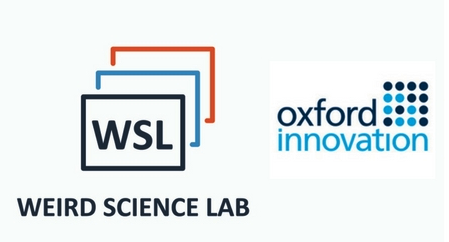OVR Technology shows their hardware aiming to recreate the scent of smell in VR
“Sense of smell is the only one of our senses with a direct link to the memory and emotion section of our brain, the limbic system,” says Aaron Wisniewski in his TED Talk on how to unlock the limbic system through using the instantaneous emotional responses that spark memories through smells. The company OVR Technology, of which Wisniewski is the CEO and co-founder, produces VR headset that includes not only the eyes and the ears but also the nose; as our sense of smell gives us an idea about the chemical structure of our environment, which has been an essential aspect for our survival as a species for centuries.
As olfactory sensors allow a direct pathway for memory creation and define our context much more robustly than hearing and sight, how can they be harnessed to create long-lasting memories in education? This post will focus on how STEM education can be improved by introducing smell into the VR-world experience.
Olfactory education; 70% of our daily memories are triggered by the sense of smell. Can we harness this power for education?
Harvard Medical School concludes that although we all have identical genomes for smell and therefore have a shared experience with different chemical structures in terms of sense, we all have different interpretations as all senses are encoded to the brain through experiential knowledge. When combined with how olfactory pathways have very high plasticity, great response to training, and are deeply associated with visual-spatial orientation, which can be read in an article recently starred in the Chemical Sense Journal, we can say that VR will never be fully complete without the sense of smell.
With such a direct connection to emotions, odor cues can be the tool to use between the amygdala-to-prefrontal cortex pathways. The cognitive processes such as decision-making are influenced by emotions while also acting reverse and allowing cognitive regulation of emotions. Odors can modulate mood, cognition, and behavior, so why not harness this power in education?
Can we use our chemoreceptors to change our behavior towards particular STEM subjects, how we feel about them, and our mood when performing tasks? Could we increase uptake of knowledge by associating emotions we have about a distinct scent with a positive connotation for the individual learner? Various peer-reviewed studies show that although the intentional use of odors can positively and negatively impact the learning process, it is inevitable that it does pose an impact. When optimized, the relationship between odor and learning processes could be utilized –one example can be found here.
At the very least, we can be assured that the introduction of the sense of smell will add another “real” layer to the VR world by completing the STEM training simulations with contextual odors or by allowing students to distinguish between different chemicals, which would be limited only to visual and tactile systems of a headset and wearable haptics, and maybe also giving depth to specific topics and allowing better conceptual expansion.
The WSL Vision
WSL envisions a future where science is brought to life in virtual reality to increase memorability and efficient uptake of knowledge while drawing down the costs for all STEM students across the globe and democratizing the field. The company believes that integrating all of our “unconventional” senses like taste and smell into VR can help us find different methods to increase the quality of education we can give to everyone.

